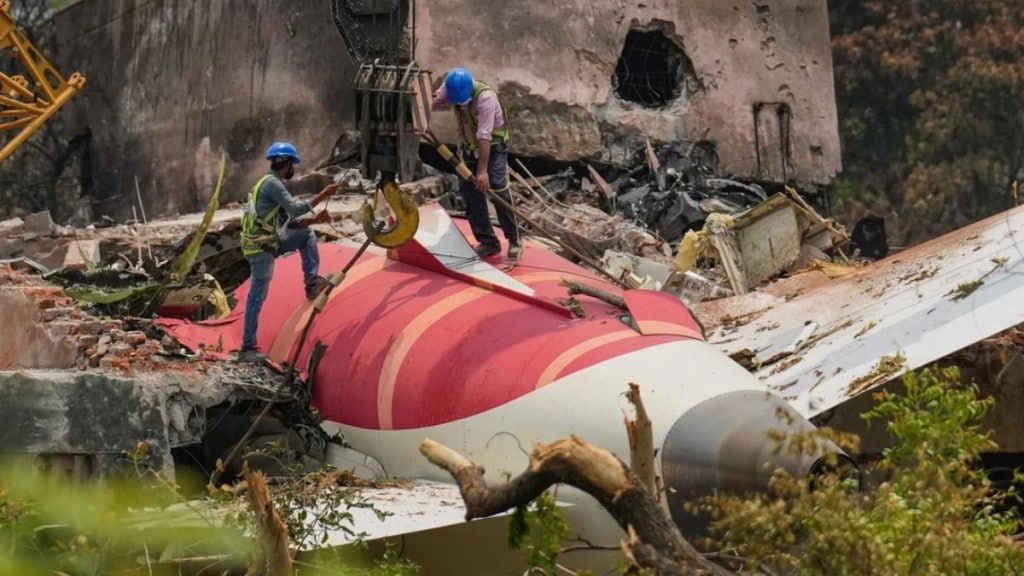Air India and Boeing have responded to the preliminary report by India’s Aircraft Accident Investigation Bureau (AAIB) on the tragic June 12 crash of AI171, which killed 260 people. The accident, involving a Boeing 787 Dreamliner, is considered the deadliest aviation disaster in over a decade.
What Air India said?
In its official statement, Air India said: “We stand in solidarity with the families and those affected by the AI171 accident. We continue to mourn the loss and are fully committed to providing support during this difficult time. Air India is working closely with stakeholders and regulators and continues to fully cooperate with the AAIB and other authorities.”
The airline refrained from commenting on specific findings, citing the active nature of the investigation.
What Boeing said?
Boeing, the aircraft manufacturer, issued a brief response: “We defer to AAIB to provide information about AI171, in adherence with United Nations International Civil Aviation Organization protocol.”
Cockpit confusion and sudden fuel cutoffs
According to the AAIB’s preliminary findings, the aircraft experienced a sudden loss of engine thrust just after takeoff from Ahmedabad. Both engines were starved of fuel when the engine fuel cutoff switches flipped nearly simultaneously, an event aviation experts describe as highly unusual.
In the final moments of the AI171 flight, cockpit voice recordings captured a chilling exchange: one pilot questioned the other about cutting off the fuel supply. The response was swift that he did not cut off fuel. The Aircraft Accident Investigation Bureau report, however, did not clarify which pilot made which remark, nor who issued the desperate “Mayday, Mayday, Mayday” call. This ambiguity has deepened the mystery surrounding the crash and raised pressing questions about cockpit coordination and procedures.
Captain Sumeet Sabharwal, 56, had over 15,000 hours of flight experience, while the co-pilot, Clive Kunder, 32, had logged 3,403 hours. Despite the engines briefly relighting before impact, the aircraft crashed within minutes.
What are the questions raised?
The switches flipped one second apart, suggesting they were moved by hand, but experts say pilots would not usually touch these controls during a flight.
“If they were moved because of a pilot, why?” questioned US aviation expert Anthony Brickhouse. John Nance, another aviation analyst, stressed that the cutoff switches are typically used only after landing or in dire emergencies, none of which was evident.
Ongoing scrutiny
The US Federal Aviation Administration (FAA) and National Transportation Safety Board (NTSB) are supporting the probe. The NTSB thanked Indian authorities for their cooperation and noted the report included no immediate recommendations for operators of Boeing 787s or GE engines.
The AAIB continues to lead the investigation.

